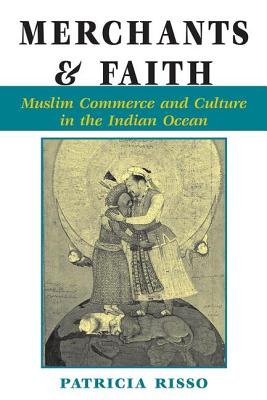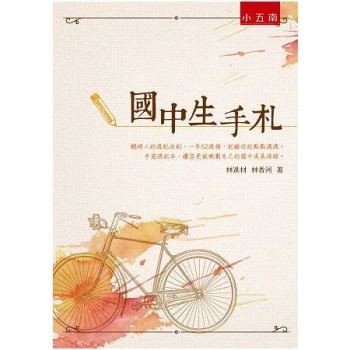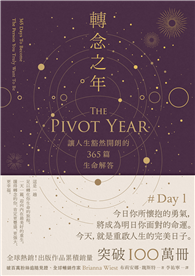The intersection of Islamic history and Indian Ocean history is vast but inadequately explored. It is essential to understanding how and why Islam influenced Asia and to determining the extent to which maritime success affected the mostly land-based Muslim political powers. This area of research has elicited a lively debate involving scholars as diverse as William McNeill, K. N. Chaudhuri, Niels Steensgaard, Philip Curtin, and Janet Abu-Lughod. Merchants and Faith provides an insightful overview of this debate and addresses the major questions raised by it: What were the relationships between littoral Asia and land-based empires? How can we best explain the role played by West Europeans? What difference did it make to be a Muslim merchant? Other considerations are the production roles of China and Hindu India and the nature of the Asian trade revolution.General histories of Islamic Asia seldom draw upon the rich literature on the Indian Ocean region; Indian Ocean studies are often couched in the technical jargon of economic theories and are occasionally marred by ideological bias. To make all of this literature more accessible to a general audience and to students, Merchants and Faith distills the results and implications of this research and connects them to the well-established features of Islamic political history.
| FindBook |
有 1 項符合
Merchants and Faith: Muslim Commerce and Culture in the Indian Ocean的圖書 |
 |
Merchants and Faith: Muslim Commerce and Culture in the Indian Ocean 作者:Risso 出版社:Routledge 出版日期:1995-04-10 語言:英文 規格:平裝 / 167頁 / 22.9 x 15 x 1 cm / 普通級 |
| 圖書館借閱 |
| 國家圖書館 | 全國圖書書目資訊網 | 國立公共資訊圖書館 | 電子書服務平台 | MetaCat 跨館整合查詢 |
| 臺北市立圖書館 | 新北市立圖書館 | 基隆市公共圖書館 | 桃園市立圖書館 | 新竹縣公共圖書館 |
| 苗栗縣立圖書館 | 臺中市立圖書館 | 彰化縣公共圖書館 | 南投縣文化局 | 雲林縣公共圖書館 |
| 嘉義縣圖書館 | 臺南市立圖書館 | 高雄市立圖書館 | 屏東縣公共圖書館 | 宜蘭縣公共圖書館 |
| 花蓮縣文化局 | 臺東縣文化處 |
|
|
圖書介紹 - 資料來源:博客來 評分:
圖書名稱:Merchants and Faith: Muslim Commerce and Culture in the Indian Ocean
|










![114年台電新進雇員配電線路類超強4合1[國民營事業] 114年台電新進雇員配電線路類超強4合1[國民營事業]](https://media.taaze.tw/showLargeImage.html?sc=14100121137)
